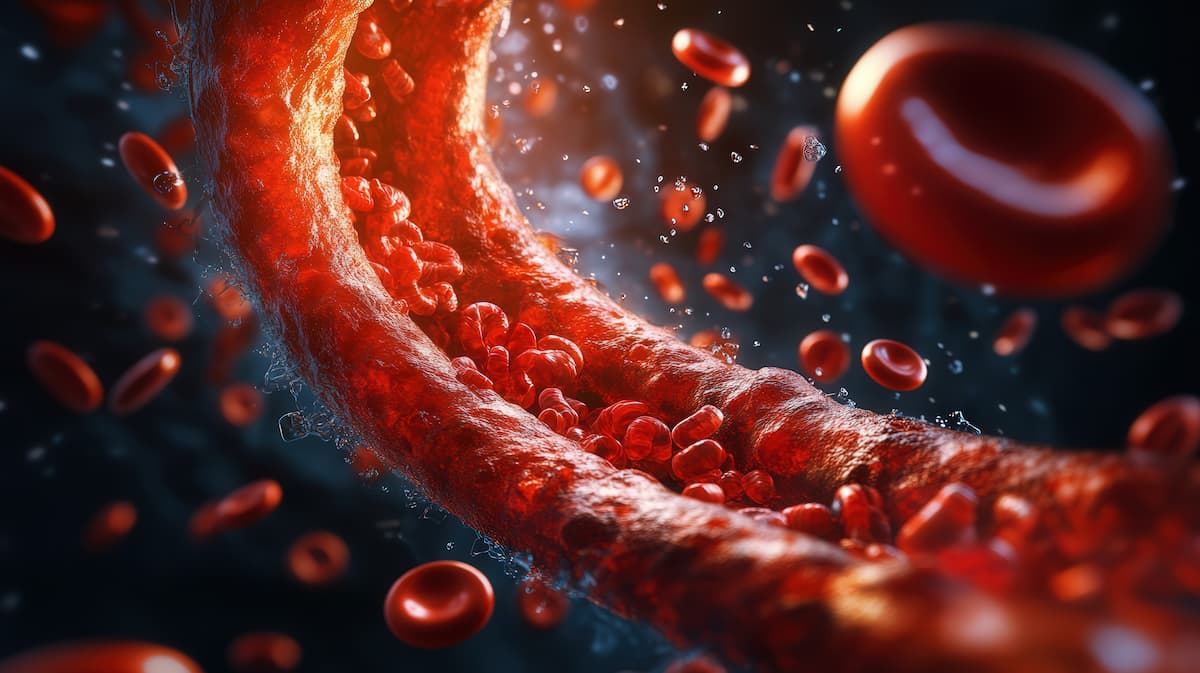Article
Researchers Identify Predictors of Pulmonary Hypertension Among Patients With MPNs
Author(s):
Survival among patients with myeloproliferative neoplasm (MPN)–associated pulmonary hypertension (PH) is generally short, although the true prevalence of PH among these patients is poorly understood.
Although the association of pulmonary hypertension (PH) and certain myeloproliferative neoplasms (MPNs) is recognized, the true prevalence is poorly understood. A study published in the European Journal of Haematology sought to better understand the prevalence of PH among patients with Philadelphia-chromosome negative MPNs, such as polycythemia vera (PV), essential thrombocytopenia (ET), and myelofibrosis (MF).
The survival for patients with PH is generally short at a median of just 2.8 years, and MPN-associated PH “has a similarly short survival.”
“Literature concerning PH in MPNs is relatively scarce, and although the prevalence is considered high, accurate estimates are lacking,” the authors explained. Prevalence estimates in previous studies have ranged from less than 4% to more than 50%.
They compiled reports from the last 20 years published on MEDLINE, EMBASE, and Clinicaltrials.gov. After removing duplicates and screening out those that did not meet the inclusion criteria, only 17 papers were included in the analysis. These papers included 7 prospective cohort studies, 5 retrospective cohort studies, 3 case series, 1 descriptive study based on clinical records, and 1 case-control study.
The full set of 17 studies was used to evaluate risk factors for MPN-associated PH. In addition, 13 studies were included in a “prevalence set” to investigate the factors affecting PH prevalence estimates. The authors created this set because case-control studies or those that only include patients with PH could not be used to understand prevalence estimates.
Among the studies included, there were 935 patients and 309 (33%) had PH. Among the prevalence set of studies, there were 879 patients, and the pooled PH prevalence was 28.8%. However, the between-study heterogeneity was high with an intraclass correlation coefficient (ICC) of 0.33. According to the authors, this suggests that the “measurements are heavily influenced by study-specific factors.”
Taking into account method of PH diagnosis, median age, percent of patients with MF, and disease duration reduced the ICC to 0.15 “indicating that collectively, these factors contribute to over half of total inter-study variability.” Method of diagnosis was the largest factor contributing to the variability of prevalence. The predicted mean prevalence for PH diagnosed by right heart catheterization was 7.2% compared with 34% when diagnosed by transthoracic echocardiography.
Among the full 17 studies, MF was the most common MPN, accounting for nearly half (437, 46.7%) of the patients, and PH was most commonly reported for patients with MF (51.8%) compared with ET (24.3%) and PV (17.0%). Duration of disease and age during the study were also PH predicators, according to the researchers.
“This meta-analysis suggests that active monitoring of PH in patients with MPN may be warranted. Identification of risk factors predicting PH in MPN patients promises early detection and possibly improved PH management and therapy,” the authors concluded.
Reference
Ferrari A, Scandura J, Masciulli A, Krichevsky S, Gavazzi A, Barbui T. Prevalence and risk factors for pulmonary hypertension associated with chronic myeloproliferative neoplasms. Eur J Haematol. Published online November 1, 2020. doi:10.1111/ejh.13543





